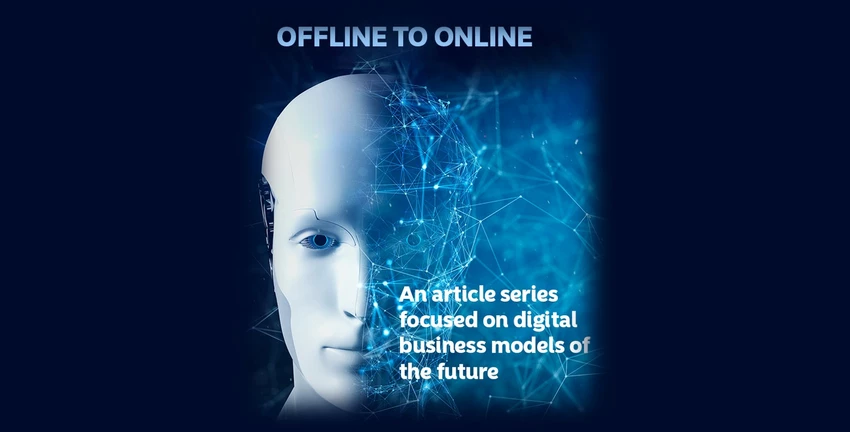
Sharing the method
Over time, the innovative setup at Norway Post & Bring looks set to rub off on other partners involved in co-collaboration and is likely to spread to other companies in general as the Helix model becomes more well known.
Alexander concludes: “We openly share our innovation methodology and workspace so people can come in and have a look at how we do it because we believe in partnerships and being open about what we do. As this is all still under development, it only gets better when we pass the test and then do it together with a partner, so they can come in with suggestions of where we can improve the methodology. In general Nordic companies are so innovative and so far ahead of the curve for a lot of reasons, but we tend to look to other parts of the world, like Silicon Valley, and not talk about it. Nordic companies are just as good or better I believe and we just need the confidence to state that!”
For more information write to Joakim at [email protected].




